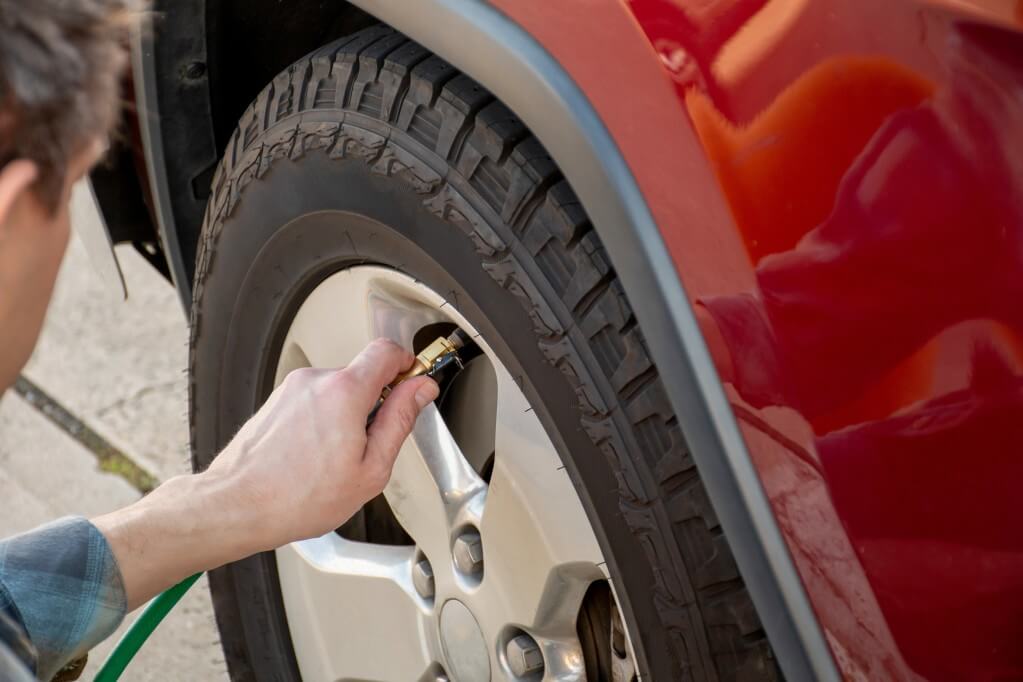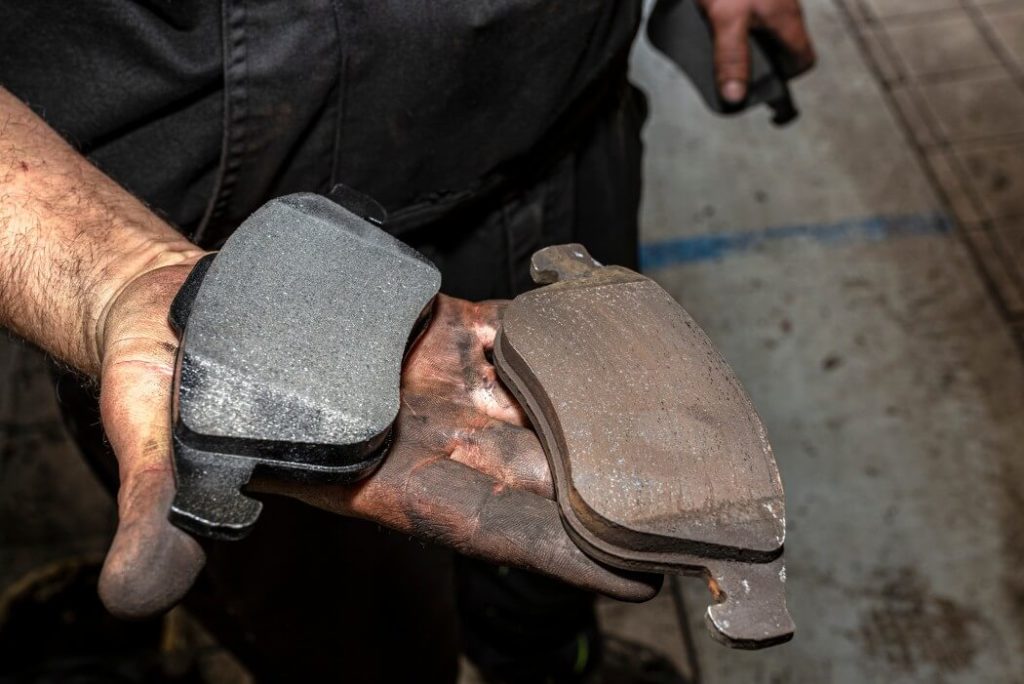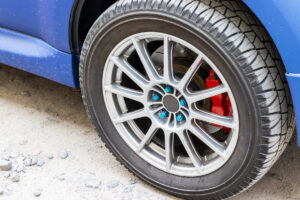One of the most common reasons people don’t buy a car is that they are concerned about ownership costs. More specifically, they don’t want to end up spending hundreds on mechanic’s fees. The good news is that this fear is easy to lessen. The best way of doing this is by using preventative maintenance. Let’s look at some of the best tips that you can put into place to save money.

1. Know How To Check Your Tire Pressure
Having the correct tire pressure is about more than just ensuring that you don’t get a flat tire. How many miles to the gallon you are getting will be influenced strongly by the tire pressure. It might also have an impact on the way that your car is handling itself. Checking your tire pressure is relatively simple. You need to follow this series of steps.
- Remove the tire cap
- Insert the tire gauge, don’t be alarmed if you hear the hiss of air.
- Check the PSI against the recommended PSI. You will find the recommended PIS on the sticker inside the driver’s door. Alternatively, you might need to look in the manual. The pressure listed on the tire is the maximum PSI it can withstand.
- Inflate the tire if it is too low, checking the PSI periodically to keep it in the recommended range.
- Once you’ve finished this process on one tire, move to the other tires.
2. Check the Fluids
The next thing that you should be doing is checking the fluids regularly. Each of these has an important role. Oil lubricates the engine, keeping it running smoothly. Cooling fluids stop the car from overheating. So, when you run out of these fluids, it can be a significant problem. But, if you are checking your fluids regularly, this shouldn’t happen.
Before you check any fluids, make sure that the car is cool. You also need to make sure that you are on level ground. Then, you’ll insert the dipstick. This will tell you the oil levels and let you know whether you need to put any more in. Aim to repeat this process every few weeks. It only takes a few minutes and could end up saving you a lot of problems down the road.
Regularly checking the fluids will inform you if there is a leak in the engine. For example, you might notice that you are putting anti-freeze more frequently than you are putting in oil. If this is the case, there is likely a problem with the radiator. By spotting this earlier, it will be easier for you to fix it.
As a side note, you should aim to get a coolant that uses a 50/50 mix. Otherwise, you will need to mix it with water yourself. Remember that anti-freeze doesn’t last forever. If it’s older than five years, it’s best to avoid putting it into your car.
3. Watch the Temperature Gauge
The next tip is to keep an eye on the temperature gauge. This is especially important during the summer or when you are heading on a road trip. This is the first warning sign that the engine is overheating. If you ignore this, there is a chance that you will end up blowing a gasket. This is another expensive repair.
When you notice this, you should pull over immediately. This will give the engine some time to cool down. You’ll often need to wait for between 30 minutes to an hour before you are ready to start driving again. It can also be a sign that you will need to replenish the cooling fluids. If you are doing this, make sure to wait until the engine is cool. If you open the gasket when it’s still hot, you could get a burst of steam to the face.

4. Replace Your Air Filters
It can be easy to overlook the importance of air filters when maintaining your car. However, this is a vital component. It controls the quality of the air getting into the engine. If the air filter is worn out, the air traveling into the engine might contain air pollutants, like dust or dirt. As you can imagine, this can end up doing a lot of damage. The easy way to solve this is by checking the filters. If they are clogged up, you might need to remove and replace them. If you aren’t confident with this, you can ask a mechanic to do it for you.
5. Align Your Wheels
Every six months, you’ll want to have your wheels aligned. This presents a few important benefits. First, it will create a smoother ride. Second, it will increase your fuel efficiency, which will save you money over the long term. While doing this, ask to have your tires rotated. This ensures that the wear on each of the tires is the same.
6. Check The Ball Joints
The ball joints are a vital part of the vehicle. They are used in the suspension system and allow the metal components to move frequently. Because of this, you need to make sure that they are being lubricated properly. Over time, they might start to get worn down. In this case, they will need to be replaced. Your mechanic should do this as part of your regular service, but it’s best to double-check.
7. Replace Your Shocks
The next element is to make sure that you are regularly replacing is your shocks. These are part of the suspension system, protecting you from any rough bumps. They also help you steer and brake. However, they will eventually wear down. Because of this, you should aim to replace them every 50,000 miles. You will need to visit a mechanic to help you do this.
8. Change Your Fuel Filter
You’ll need to keep an eye on the fuel filter. This component is responsible for keeping dirt and dust out of the fuel tank. However, over time it will get clogged up. When this happens, you will be forcing the fuel pump to do more work, wearing this component out. This can be a costly repair. The good news is replacing the fuel filter is a fairly simple job for your mechanic. It would be best if you aimed to do this every two years.

9. Replace Your Brake Pads
The rotor is a key component. It applies pressure to the brakes, slowing your vehicle. However, if you continue to drive with worn brake pads, you might be pressing the rotor against the tire. When this happens, the rotor can start to splinter and crack. This means an expensive and time-consuming repair. You need to listen to your car to know when it’s time to replace the pads. If you hear squeaking when you apply pressure, the brake pads are worn down. You’ll need to see your mechanic and have them replaced.
10. Make Regular Appointments With Your Mechanic
Lastly, your best option is to make regular appointments with your mechanic. They will be able to examine your vehicle, helping you spot issues that might otherwise have gone undetected.
As a minimum, you should aim to visit the mechanic every six months or 6,000 miles. This will be a regular service. They’ll look over your vehicle and change the oil. It’s also a chance for you to talk about any issues that you are facing. These regular service checks will cost a few hundred dollars. However, compared with a major repair, which can cost thousands, this is a good deal.
Final Thoughts
Owning a car doesn’t need to be a big expense. If you do a few simple preventative maintenance tasks, you will take care of your vehicle and save some money. It will also make it easier to spot issues before they become significant (expensive) problems.



